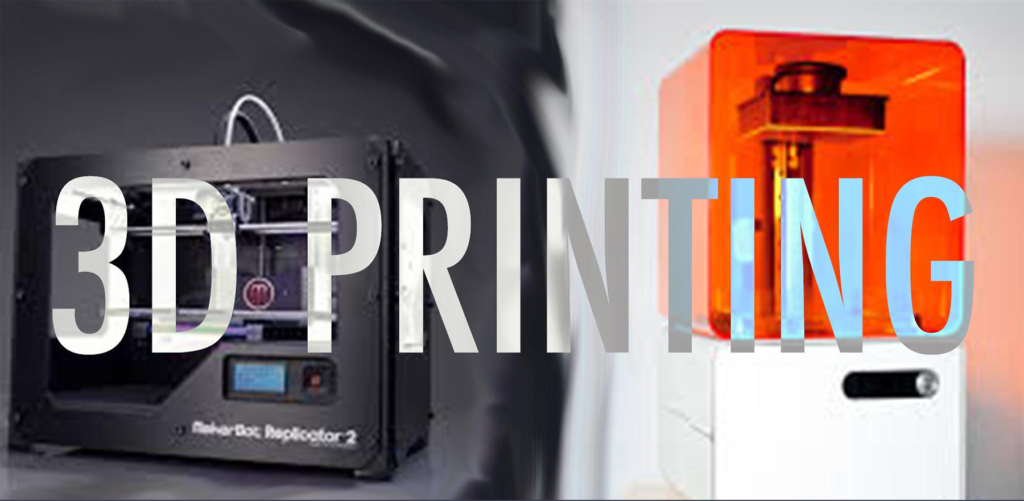BLOG
The Most Useful Alternatives to 3D Printing
The Most Useful Alternatives to 3D Printing
While 3D printing has revolutionized the manufacturing industry with its ability to create complex geometries and rapid prototyping, it’s not always the best solution for every project. Depending on your needs, there are several alternative manufacturing methods that can offer better speed, cost-effectiveness, material properties, or scalability. Here are some of the most useful alternatives to 3D printing:

1. CNC Machining
CNC (Computer Numerical Control) machining is a subtractive process that removes material from a solid block to create the desired shape. It’s ideal for producing parts with high precision and strength, especially from metals and hard plastics. CNC machining is often faster and more cost-effective for large-scale production compared to 3D printing.
2. Injection Molding
Injection molding is a process where molten material is injected into a mold to create multiple identical parts quickly and efficiently. It is the go-to method for mass-producing plastic parts, offering superior surface finish, strength, and consistency compared to 3D printing. The initial cost for tooling can be high, but it becomes cost-effective for large production runs.
3. Vacuum Casting
Vacuum casting uses a master model, often created via CNC or 3D printing, to make silicone molds. These molds are then used to produce small batches of plastic or rubber parts. It’s an excellent option for prototyping and low-volume production, offering better surface finish and material properties than many 3D printed parts.
4. Laser Cutting and Engraving
Laser cutting and engraving involve using a laser to cut or engrave materials such as wood, acrylic, fabric, and metal. This technique is perfect for creating intricate designs with high precision. It’s often used in conjunction with other processes, like CNC machining, to create parts that 3D printing cannot easily produce.
5. Casting and Molding
Traditional casting methods, such as sand casting for metals or slip casting for ceramics, are time-tested alternatives to 3D printing. These processes involve pouring liquid material into a mold and allowing it to solidify. They are particularly useful for creating large, heavy-duty parts that need to withstand extreme conditions.
6. Direct Metal Laser Sintering (DMLS)
While DMLS is technically a form of 3D printing, it’s an alternative to traditional polymer-based 3D printing for metal parts. DMLS uses a laser to fuse metal powder into a solid part, offering high strength and complex geometries. It’s ideal for producing functional metal prototypes and low-volume production parts.
7. Sheet Metal Fabrication
Sheet metal fabrication involves cutting, bending, and assembling flat metal sheets into a final product. This process is widely used in industries like automotive and aerospace for creating durable, lightweight parts. It’s an efficient and cost-effective alternative for producing metal parts that don’t require the complexity of 3D printing.
Conclusion
Choosing the right alternative to 3D printing depends on the specific requirements of your project, including material, budget, production volume, and time constraints. By considering options like CNC machining, injection molding, and laser cutting, you can select the most appropriate manufacturing method to meet your needs. Each of these alternatives offers unique advantages that can complement or even surpass 3D printing in certain applications.


